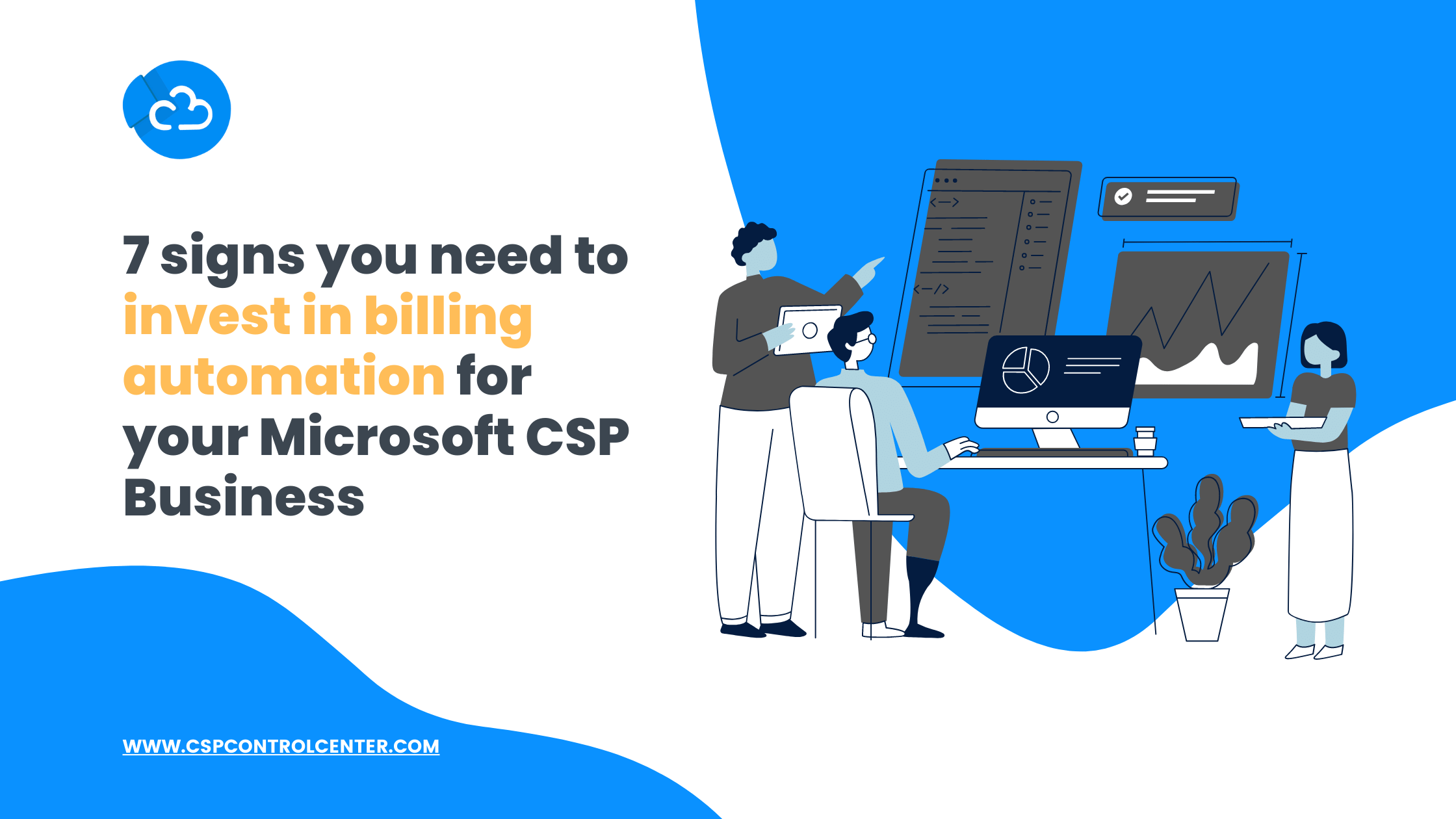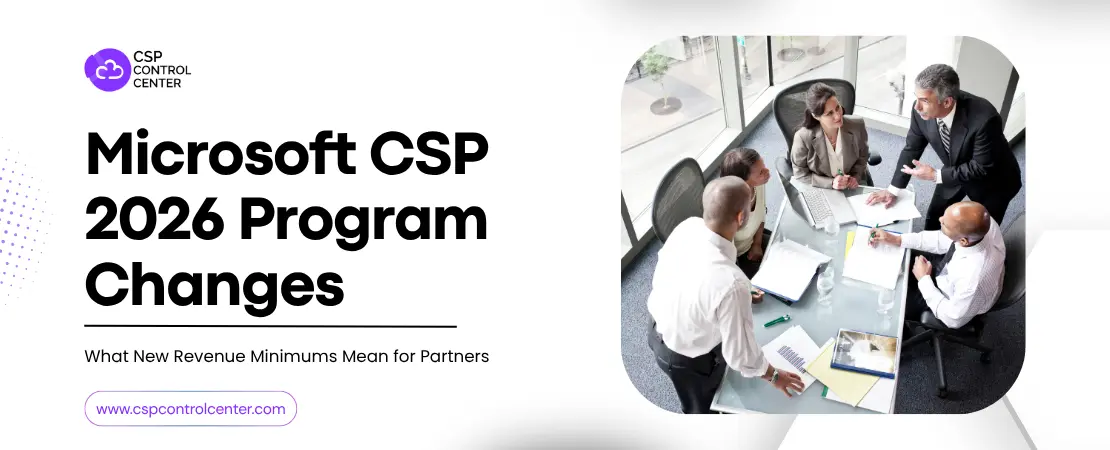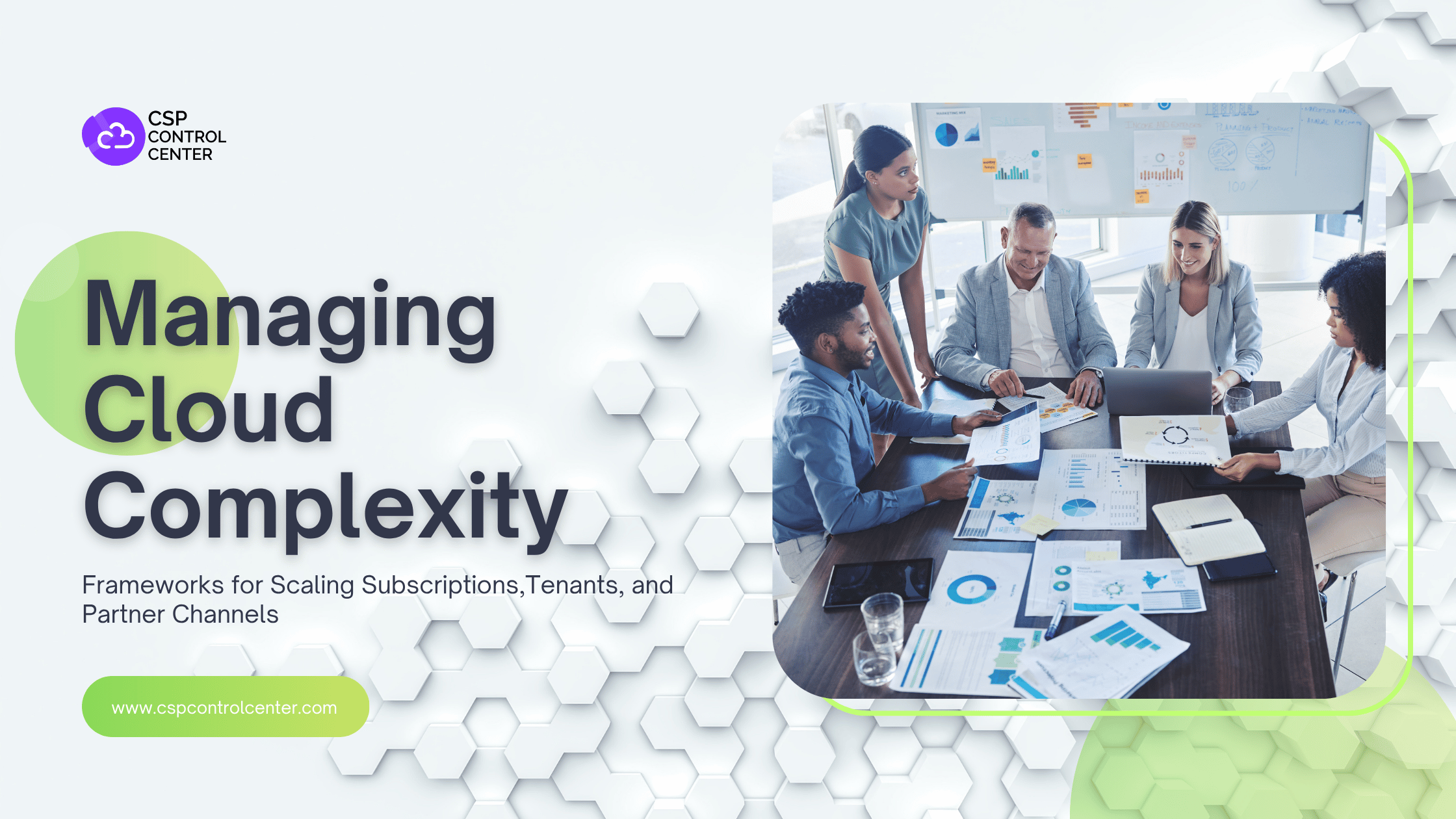Setting up and managing a Microsoft CSP business can be quite daunting. As a Microsoft CSP, your role is more than just selling Microsoft products and services to your customers. Apart from selling, you also must support your customers in their entire cloud journey. Let us have a look at what becoming a Microsoft CSP entails-
- You must act as a trusted advisor who can provide them with customized solutions depending on their business goals and challenges.
- After designing solutions that align with the business objectives, you must manage the deployment and provisioning of Microsoft Cloud products and services and ensure that your customers can smoothly migrate to the cloud environment. This requires you to manage the setting up of the cloud services and integrate them with the existing systems that your customers are using.
- You are also responsible for the license and subscription management of your customers. This includes helping the customers choose the correct licenses and managing the subscription renewals, upgrades, and downgrades on behalf of the customers.
- As a Microsoft CSP, it is your responsibility to ensure accurate, timely, and transparent billing and invoicing for your customers.
- Your customers depend upon you for ongoing support and maintenance services. You need to be able to solve their technical issues, address their queries, and manage their service requests.
- It is your responsibility to track and monitor the cloud usage of your customers. Based on this you can provide insights to your customers on their cloud usage and requirements.
You can read more about the requirements for enrolling as a CSP direct-bill partner here.
Handling so many responsibilities can be quite difficult and as your Microsoft CSP business grows and expands, you will face many unique challenges. Some of the challenges that you may face in your Microsoft CSP business are-
- Unintentional losses due to revenue leakages. Small losses continued over a period can significantly impact on the financial health of your Microsoft CSP business.
- A high customer churn rate leads to increasing customer acquisition costs for your CSP business.
- Staying compliant with regional and industry-specific standards and regulations. Failure to do so can lead to financial and legal penalties.
- Reduced profit margins due to high competition. To close deals, you will have to offer discounts and competing pricing, resulting in thin margins.
- Managing subscription fatigue and providing customers with a great experience.
- Inefficient operations lead to an increase in overhead costs as well as making scaling the business difficult.
These challenges, if left unaddressed, can affect business operations, and hinder further business growth. These will not only lead to a loss of customers and revenue but will impact on the overall success of your Microsoft CSP business.
7 Signs that you need to replace your manual billing system
As we have seen in the previous section of the blog, as a Microsoft CSP, you have to fulfill various roles as well as overcome several obstacles to run a successful business. Having the infrastructure to manage customer billing and provisioning is one of the main requirements for becoming a Microsoft CSP. Microsoft reviews all the minimum infrastructure capabilities that the CSPs are required to meet via third-party assessments. These include infrastructure capabilities for billing, provisioning, customer support, and security.
Managing the billing and invoicing of a large customer base manually can negatively impact the efficiency and effectiveness of your Microsoft CSP business. There are several signs that can indicate that your billing system is sub-optimal and needs an upgrade. If you are facing one or more of the issues listed below with your billing system, then you need to relook at your billing process and replace your manual billing system with a CSP billing automation solution.
A high volume of billing errors
If your Microsoft CSP billing is manual and you are using Excel spreadsheets to manage and track your billing and invoicing, then you can expect a large number of errors in your billing. This is because manual billing depends on human input which can be prone to errors. Errors in manually entering or copy-pasting data can lead to incorrect or outdated information being entered. When using an Excel spreadsheet, data can be accidentally deleted or even the whole file can be lost. In a manual billing system, it is quite difficult to track changes related to customer information, pricing, billing cycles, subscription upgrades, downgrades, etc. As the billing process is manual there can be inadequate checks and balances in place making it difficult to catch errors before the invoices are sent to the customers. There will be no real-time data validation to check the accuracy of the data and whether the data is up-to-date. All these factors contribute to making the manual billing system more susceptible to errors. These billing errors can not only result in revenue leakages due to underbilling or failing to bill a customer for services rendered but also leads to a loss of trust by the customers.
Slow billing leading to cash flow issues
A steady cash flow is needed to sustain and grow a business. To maintain a healthy cash flow, one has to ensure that the billing is accurate as well as timely. Manual billing processes rely on human input which is time-consuming and slows down the entire billing process including the calculation of charges, invoice generation, sending the invoices to customers, and collecting payments. Inaccurate invoices can result in billing discrepancies and disputes which can further delay payment collection. Manual billing systems lack payment tracking capabilities and automatic payment reminders making it difficult to streamline payment collection. The inability to collect payments in a timely way will impact the operations as well as the financial stability of your business. Apart from the day-to-day operations, a steady cash flow will help you explore opportunities to grow your Microsoft CSP business.
Difficulty in financial planning and forecasting
Financial planning and forecasting are vital for running a profitable Microsoft CSP business. These can help you allocate funds, cash flow management, risk management, identify growth opportunities, plan and execute business strategies, etc. In the absence of CSP billing automation, financial planning, and forecasting become challenging. Manual billing processes make tracking and forecasting revenue time-consuming and difficult. When using a manual billing system, there is a probability of human error leading to inaccurate financial data. When financial projections are based on incorrect data the result will be inaccurate and will hamper strategic decision-making. Manual billing processes do not have the necessary tools to provide real-time visibility of data that can help track customer behavior and revenue trends. Also, they do not have advanced reporting and analytics mechanisms to help you generate useful insights related to the financial health of your Microsoft CSP business. Thus, without CSP billing automation, it is very difficult to predict future revenue and plan business growth strategies.
Manual and repetitive billing tasks lead to employee fatigue
Entering large amounts of billing-related information into spreadsheets manually can be quite time-consuming and labor-intensive. As the customer base grows, so will the amount of billing-related data that your employees will have to manually input and manage. Manual and repetitive tasks such as data entry and spreadsheet management can become monotonous for the employees and affect their productivity. As the employees will spend a major portion of their time managing the data, they will be unable to focus on other aspects of the business that can add value leading to lower motivation and job dissatisfaction. In a high-volume billing environment, manual billing increases the workload of the employees leading to stress and employee fatigue. As manual billings are prone to errors, employees will have to recheck the invoices which will further increase their workload and contribute to employee burnout.
A manual billing system is unable to handle complex discounts
There are several types of discounts that you can offer to attract and retain customers. These can include promotional discounts, volume-based discounts, tiered discounts, or any other custom discounts based on the industry or customer profile. In a manual billing system applying complex discounts can be quite challenging. As the discounts cannot be applied automatically based on specified criteria, your employees must ensure that they input accurate data and perform the correct calculations so that there is no overcharging or undercharging the customers. With time you will introduce new discounts and introduce or modify the existing ones. Your employees will have to keep a tab on the changes to the discount structure which can be quite cumbersome for them. Even the smallest error while applying discounts can lead to billing disputes and revenue leakages. Also, manual billing systems might not be able to provide accurate data on discount utilization and its impact on revenue. Without CSP billing automation, there are chances of billing delays and inaccuracies.
Inability to manage recurring billing
As a Microsoft CSP, you will be offering subscription-based services to your customers which will involve recurring billing. In recurring billing, you have to generate invoices and collect payments at regular intervals. These intervals can vary from customer to customer depending upon their subscription. The billing cycle can be monthly, quarterly, bi-annually, or annually. Apart from this, a customer might request a change in the billing frequency or their subscriptions including upgrades and downgrades. Making these adjustments can be quite complex when using a manual billing system as they might require changes in pricing, discounts, billing terms, managing credit or refunds, etc.
Loss of revenue opportunities due to lack of billing flexibility
Customers expect flexibility in terms of billing frequency, subscription terms as well as payment collection. Manual billing systems are often not capable of providing the billing flexibility customers are looking for that meets their business needs and budgets. In case customers are not offered the flexibility that they are looking for, they might take their business elsewhere leading to a loss of revenue. With billing flexibility, you can offer exclusive discounts on longer subscriptions or on subscription upgrades. As a manual billing system is less flexible, you can miss upselling and cross-selling opportunities.
Using billing automation to overcome billing challenges for Your Microsoft CSP Business
CSP billing automation can help you address the various billing challenges that are faced by your Microsoft CSP business. Replacing manual billing processes with automation can help you streamline your billing system. Let us have a look at how implementing CSP billing automation can help you drive success for your business.
Accurate and timely invoicing
Inaccurate or delayed billing can severely impact your revenue generation, cash flow management, and customer relationships. A CSP billing automation tool will ensure that you are always able to send accurate invoices to your customers without any delays. CSP billing automation tool relies on automatic calculations which are precise, so the customers are billed as per their actual usage and subscription terms. As there is no manual data entry and other time-consuming tasks involved, the invoices are automatically generated when an order is placed or based on a preset billing cycle.
Supports complex billing models
A CSP billing automation tool can support a variety of billing scenarios. It can support multi-tiered pricing, different discounts, usage-based billing, pro-rated adjustments, managing credits, refunds, etc. As a Microsoft CSP, you will have to manage the billing of multiple customers, each can have different pricing models and unique discounts. A CSP billing automation tool can handle these different billing scenarios and generate invoices that are accurate.
Offers integrations with business software
You might be using various tools to run various aspects of your business. Integrating your billing system with specialized business tools can help optimize the performance of your Microsoft CSP business. CSP billing automation tool allows integration with other business tools that you might be using. These could include accounting software, external payment gateways, Professional Services Automation (PSA) software, etc. These integrations can help you minimize revenue leakages, increase efficiency, improve customer experience, etc. You can read more about integrations in our blog on How integrations can take Microsoft CSP billing automation to the next level.
Reduces manual workload of employees
Using a CSP billing automation tool can reduce the workload of your employees. With automation, your employees will no longer have to spend time on repetitive and time-consuming tasks. With the time saved, they can focus on more value-adding activities such as business development, process improvement, skill enhancement, strengthening customer relations, etc. This will boost employee morale and improve job satisfaction, leading to increased productivity.
Provides real-time reporting and analysis
With CSP billing automation you can have access to real-time reporting and analysis of the billing performance of your business. This will allow you to keep track of billing and related activities and assess the financial health of your business instantly without having to wait for manual reports. The manual reports not only waste time but could have errors due to inaccurate or outdated data. With real-time reporting and analysis, you will also be able to track and measure the success of marketing and promotional campaigns, pricing, and discount strategies, etc. Real-time reporting can also help you identify inefficient business processes and mitigate business risks. It can also help you take data-driven decisions to optimize business performance.
Enhances customer experience
CSP billing automation tool can help deliver enhanced customer experience. A positive customer experience can increase customer loyalty and in turn customer lifetime value. According to PWC’s 2023 Trust Survey, “74% of consumers believe that delivering reliable and consistent customer experience helps build trust.” A CSP billing automation tool can help you provide excellent customer experience with accurate and timely invoicing, predict customer churn, provide valuable insights on customers’ perceptions, offer personalized customer experience, and empower customers with self-service. You can learn more about Delivering enhanced and personalized customer experience as a Cloud Solution Provider here.
How C3 can help you enhance the efficiency and profitability of your Microsoft CSP business.
C3 offers you everything your CSP business needs in one place. Leverage the extensive product features offered by C3 to automate and streamline your Microsoft CSP billing. Here is how incorporating C3 in your billing system can help you become the trusted partner of your customers and achieve business growth.
- Build customer trust by sending error-free invoices without any delays.
- Earn incremental revenue by cross-selling and upselling by using C3’s extensive reporting and customer analytics capabilities.
- Stay ahead of the competition by offering your customers self-service capabilities
- Retain customers by offering them the billing flexibility they want in terms of billing cycles, payment methods, etc.
- Offer your customers a hassle-free and secure payment experience with payment integrations such as Stripe, Authorize.Net, Bill&Pay, MCB, and EziDebit.
- Keep your employees happy by reducing their administrative workload by incorporating billing automation.
Get in touch with us to know more about how C3 can help you succeed.

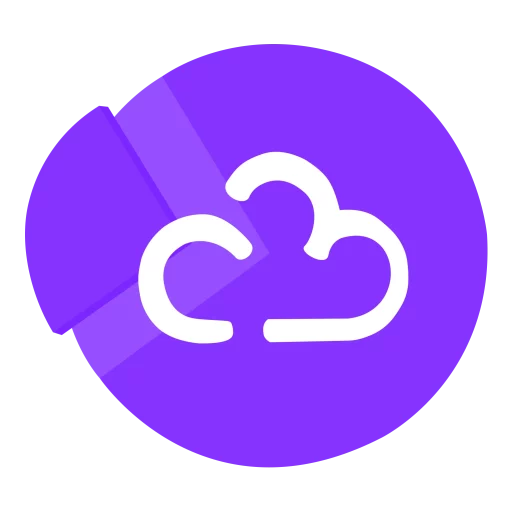 CSP Control Center
CSP Control Center
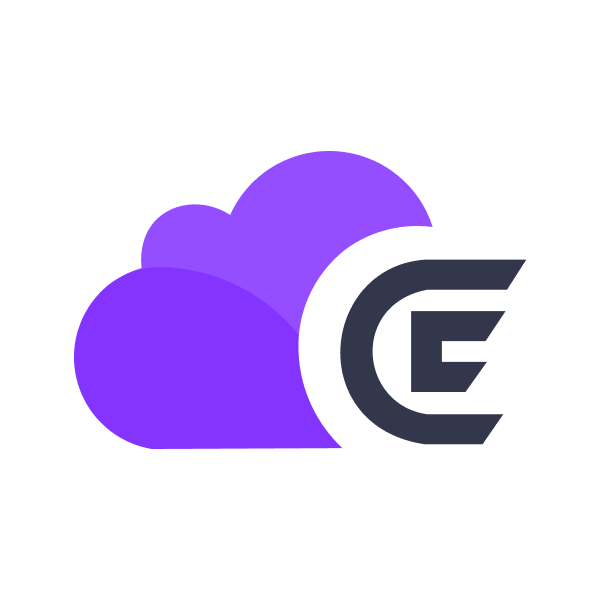 CloudEvents
CloudEvents
